How to unclog a shower drain without a plumber
Need to know how to unclog a shower drain? Don’t panic — it’s quick and easy
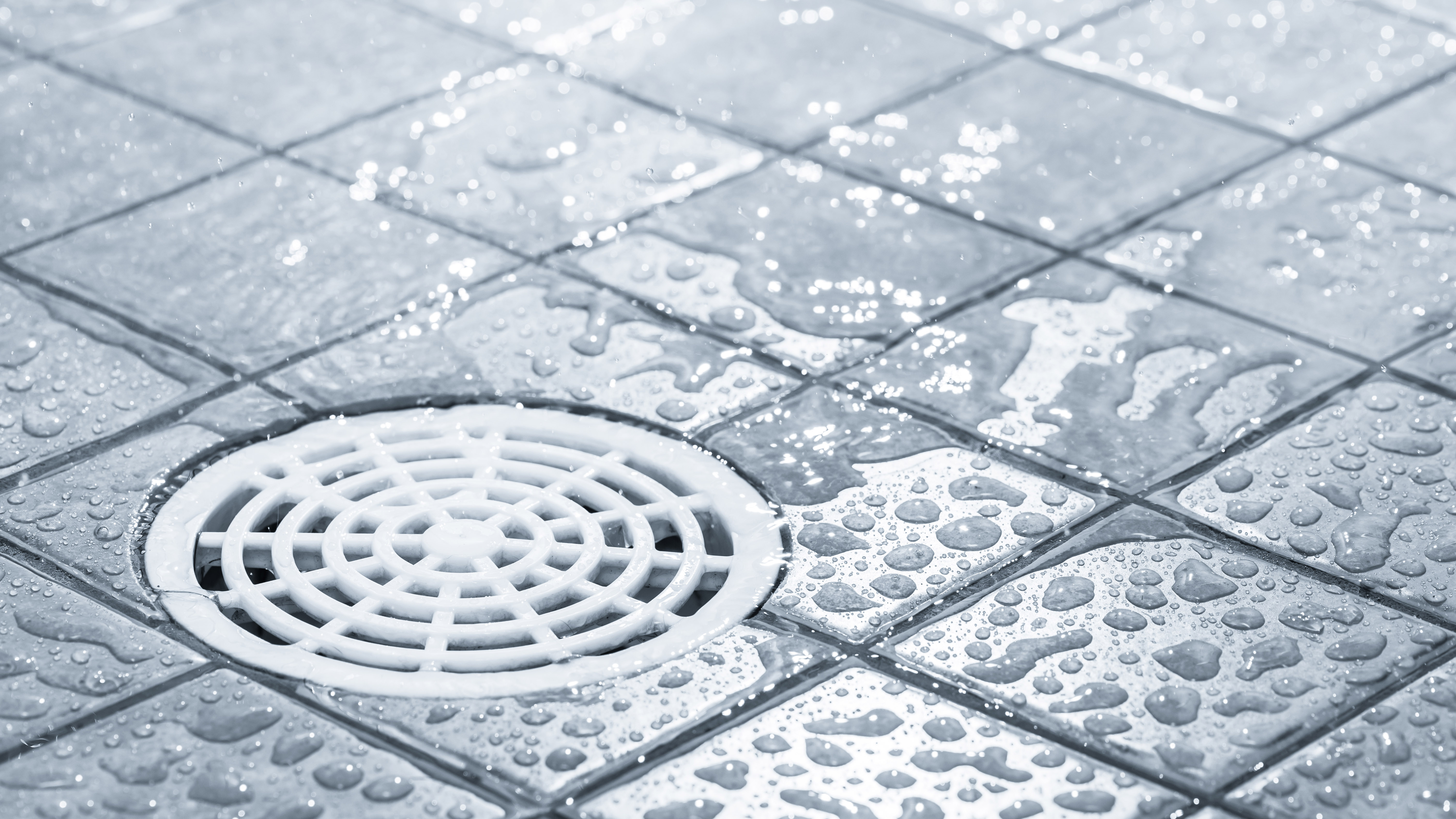
Googling how to unclog a shower drain can only mean one thing — you’ve got a blockage and the water’s not draining properly. It’s something all of us go through; you notice the water puddling at your feet and dread what’s on the other side of that plug hole. Don’t worry, fixing this is not as difficult as working out how to fix a leaky bathtub faucet and it doesn’t take as much elbow grease as cleaning the glass shower door.
In fact, the remedies are very straightforward and don’t take much time or effort at all. Some of the equipment and ingredients you may already have at home as a bonus. Here, we will take you through exactly what to do, step-by-step, so you don’t need to call in a plumber. Here’s how to unclog a shower drain.
Whichever method you choose, flush some water down the drain afterwards to see if it’s been successful. If there’s no luck, try another method.
How to unclog a shower drain
1. Remove by hand
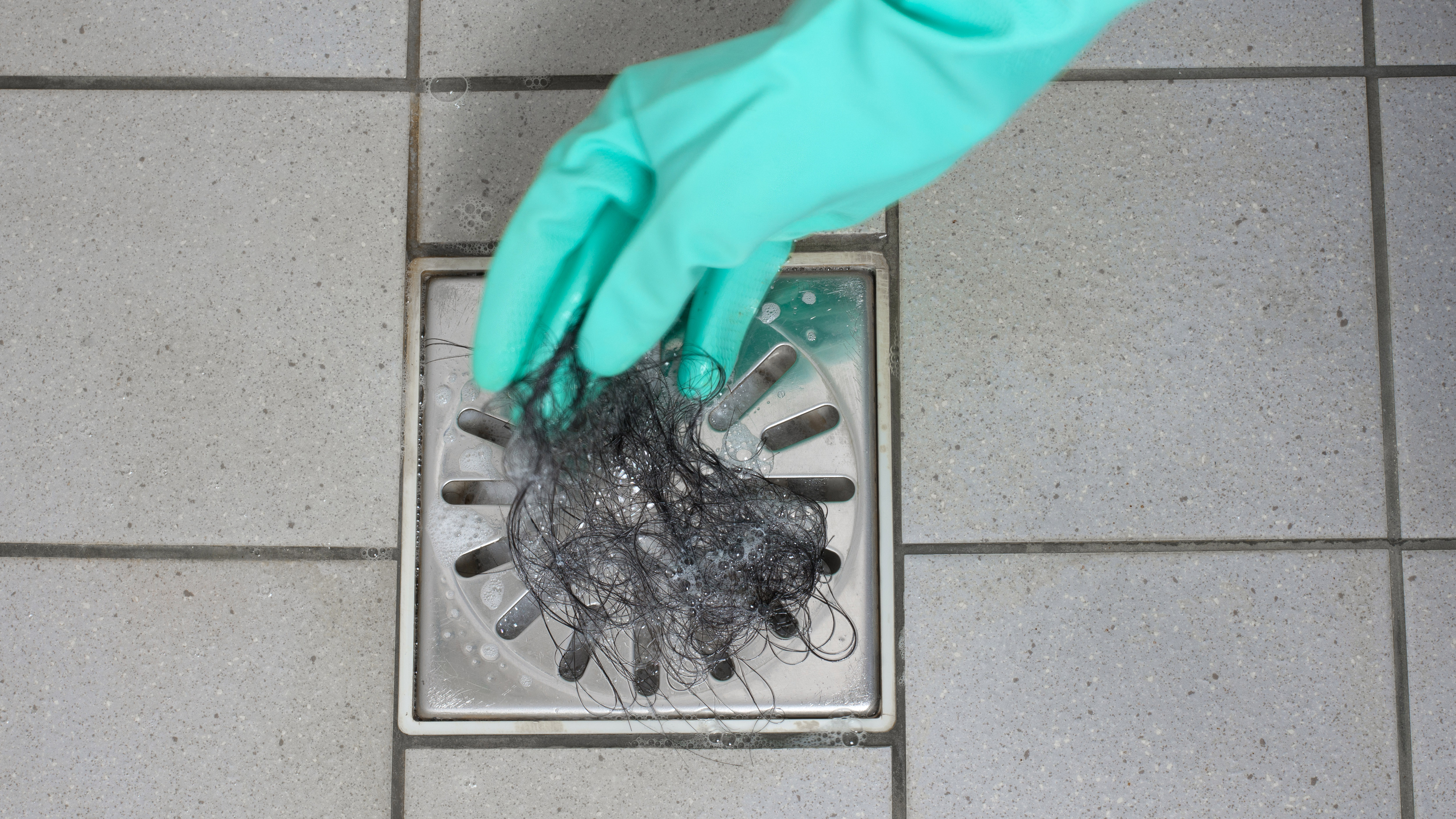
Gloves
Flashlight
Baking soda and white vinegar (optional)
Drain snake or hanger (optional)
Plunger (optional)
Chemical drain opener (optional)
Safety goggles (optional)
This is the easiest and most obvious method to unblock a shower drain. Some blockages are simply caused by a combination of hair and soap scum. And if this is sitting near the surface, you can potentially remove it by hand — though we recommend wearing gloves.
First, you need to remove your drain cover. You might need a screwdriver to do this, while others can be pried free. Grab a flashlight and have a look around. If the blockage is sitting right in front of you, just remove it by hand, gently teasing the hairs free from any components they cling to. Only remove the hair if it’s easily accessible; don’t reach your hand in. If you can see the blockage, but it’s too deep to reach, try another method.
2. Boiling water

Boiling water can be effective at breaking up soap scum and flushing it through the system. However, you should only use this method if you have metal pipes — don’t use it on PVC pipes as it can cause damage.
Boil a kettle to its full capacity, or use a large saucepan if you don’t own one of the best electric kettles. Then gradually tip the boiling water down the drain a little at a time; there’s no need to remove the drain cover for this method. Make sure there’s a break between each dose to give it a chance to get to work on the blockage. Once you’re out of boiling water, flush through some fresh water to see if it’s done the trick.
Sign up to get the BEST of Tom's Guide direct to your inbox.
Get instant access to breaking news, the hottest reviews, great deals and helpful tips.
If you’re tipping the boiling water from a saucepan, be careful that it doesn’t dribble back down the pan and burn you. Use a funnel if necessary to help control the flow.
3. Baking soda and vinegar
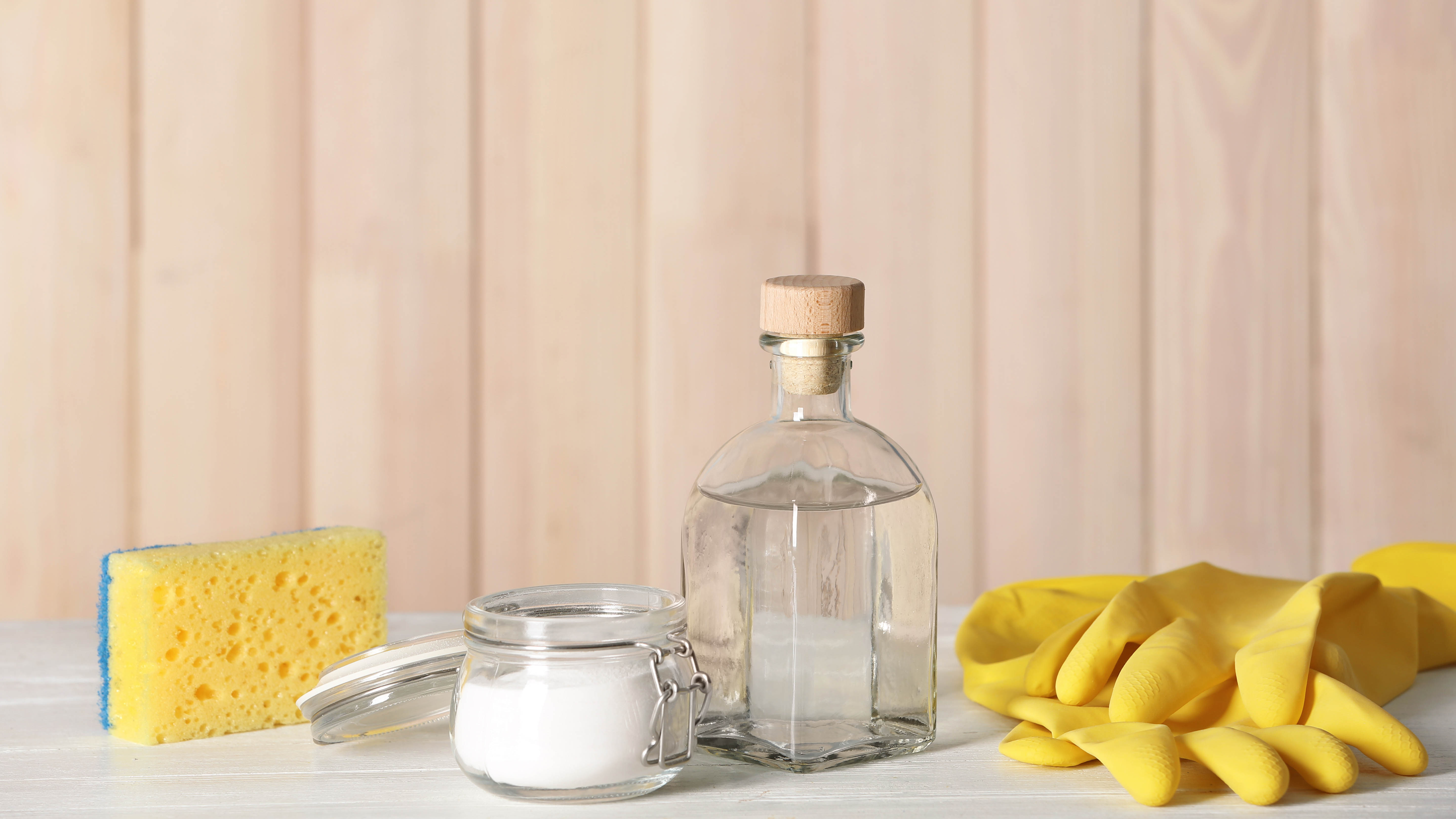
As always, baking soda and white distilled vinegar are an effective combination too. Prepare one cup of white distilled vinegar and one cup of baking soda — make sure you keep the two separate for now as the chemical reaction is what you need to break up the blockage.
Remove the shower drain cover and then pour the baking soda directly down the pipe. Once that’s in place, pour the vinegar on top; you should hear it start to fizz as it gets to work. Leave it to sit for an hour before washing it down.
That's not all that baking soda can do; here are 10 things you didn't know you could clean with baking soda.
4. Drain snake
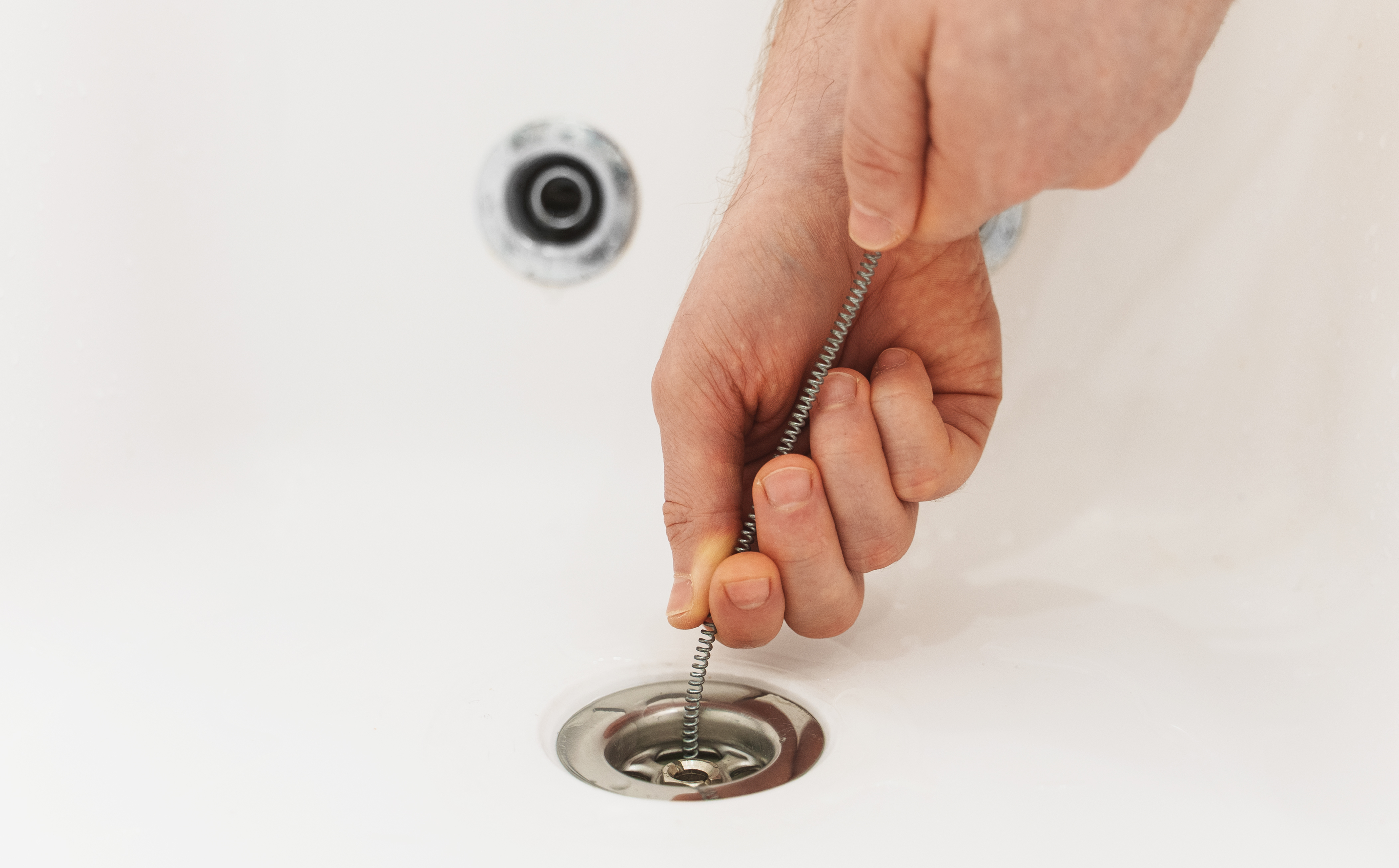
Drain snakes (or augers) can reach into the pipe to collect and pull the blockage out. There are two types available; manual and electric, both of which are effective. Manual ones are manually operated by a handle, while electric ones will need to be attached to a drill to power. The DrainX Power Pro ($35, Amazon) can be operated manually or with a drill, and comes with gloves.
You need to insert the drain snake into the pipe until you hit the blockage. Then turn the handle, or power it to rotate the end and collect the debris. Finally, remove the snake and hopefully the blockage with it.
Alternatively, you can also try using a wire hanger. Simply unfold it and bend it into a straight line with a small make-shift hook at the end. Then it’s time to go fishing for the blockage. Just make sure you have a good grip and bend a right-angle at the other end so you won’t lose it down the drain.
5. Plunger
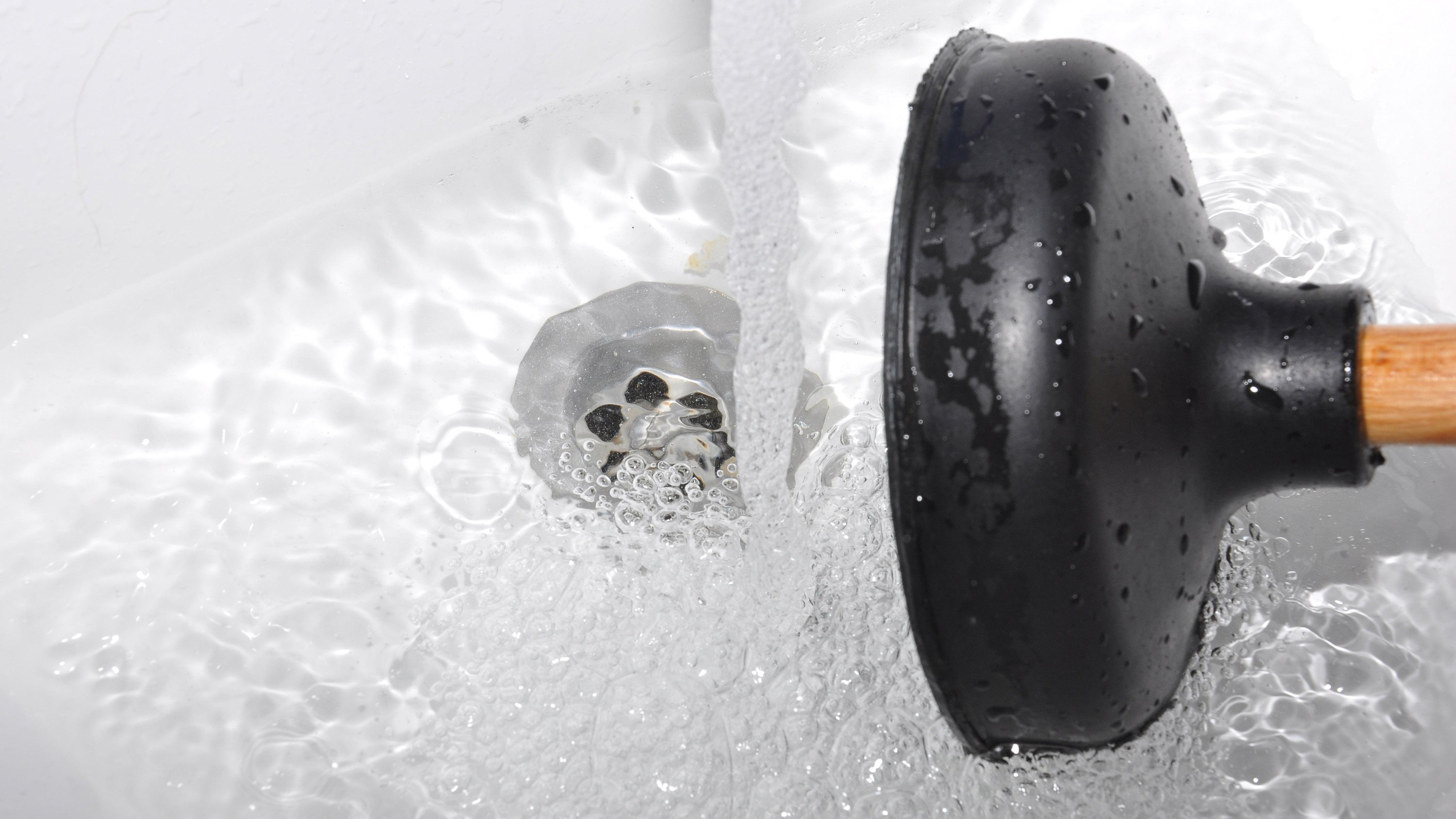
Sometimes the old-fashioned methods are best. First, remove the drain cover and cover your overflow drain if you have one. Next, apply some petroleum jelly around the rim of your plunger — this will help you achieve a good seal. Then place your plunger over the drain opening and run a little bit of water in your shower to fill it just over the rim of the plunger.
Then, pump the plunger up and down vertically to force pressure into the pipe. You should do this for 20 seconds before releasing it. Flush some water through after to see if it’s worked.
6. Chemical drain opener
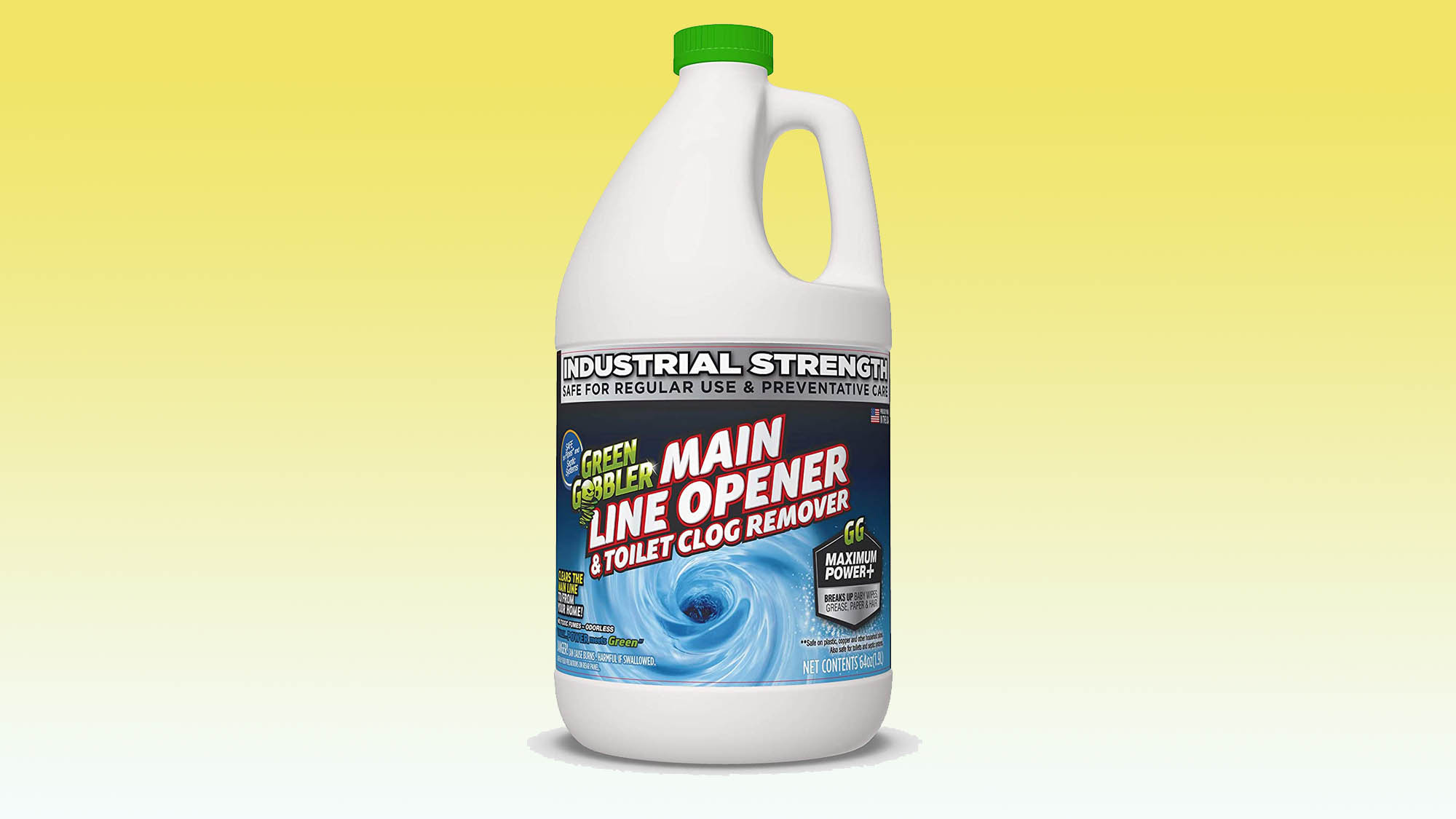
You can also try using a proprietary chemical drain opener to dissolve the blockage. Just make sure you wear protective gloves and goggles when handling the solution. We recommend Green Gobbler Ultimate Main Drain Opener ($21, Amazon). Follow the directions given on the label and ventilate the room during application.
In general, you should try and avoid using chemical drain openers, as they can also damage your pipes. If this method is unsuccessful, do not follow it with attempting to plunge the drain in case you make the solution spray back up onto yourself.
7. Call a plumber

If all of the above fails, the problem might be something more serious and calling in a professional is likely the best course of action. Just be sure to let them know what you’ve tried so far, especially if you’ve used a chemical drain opener.
How to prevent your shower drain from blocking in the future
- Drain protector — Invest in a drain protector such as the TubShroom ($12, Amazon) to catch any hairs before they get into the drain.
- Brush out any loose hairs — Give your hair a quick brush before you get into the shower to remove any loose hairs. You can also use a shower cap if you don’t intend to wash your hair.
- Don’t pour anything else down your drain — It might be tempting to pour dirty water down the shower drain, such as from mopping the floors, but the dirt and debris can cause a blockage. Tip this outside instead.
- Don’t use oily products — Try not to use body oils in the shower, or oily products on your hair. Oil is actually difficult to rinse away and can easily collect and stick to other debris in the pipes. If your hair needs oil, apply it after your shower without rinsing.
- Keep up drain maintenance — Pouring boiling water or baking soda and vinegar down the drain every so often can also help clear any potential blockages which are starting to build up. Try to do this once every couple of weeks if your drain is prone to blockages.
More bathroom cleaning tips
How to clean your shower curtain
How to clean grout on floor tiles
How to clean a glass shower door
How to unclog a toilet with or without a plunger
I tried this TikTok hack to deodorize a drain — and it actually works
How to clean your toilet to make it look like new

Katie Mortram used to be a Homes Editor for Tom's Guide, where she oversaw everything from kitchen appliances to gardening tools, as well as smart home tech. Specializing in providing expert advice for cleaning and home manintenance, she now works as Household Advice Editor for Good Housekeeping.
